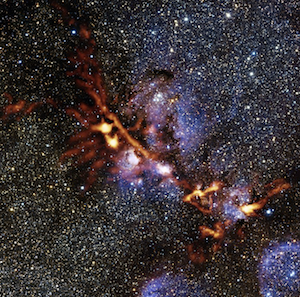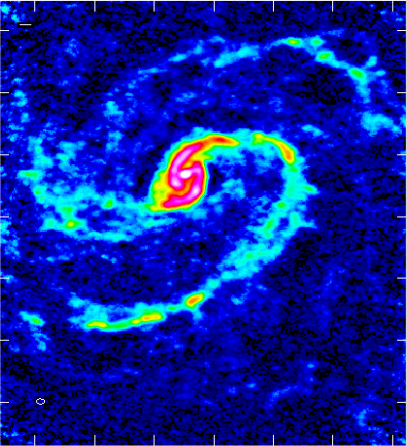Submillimetre Single-dish Data Reduction and Array Combination Techniques
ESO Garching, 15 - 16 March, 2018
Single dish submm facilities provide an essential complement to ALMA interferometry data, but require a set of special observing techniques and data reduction software, which are different from radio and mm facilities. In this ESO-Radionet workshop, we will train both novice and more experienced users on how to optimally analyse data from telescopes such as APEX. The combination of interferometer with short baselines and single dish data is required for sources containing emission on spatial scales larger than the largest recoverable scales. However the ALMA observatory does not yet provide such merged data products, and is not planning to do so in the near future. In the workshop, we will introduce different combination techniques such as feathering and joint deconvolution.
The worshop will cover both line and continuum data, and will consist of introductory lectures followed by hands-on tutorial sessions on ALMA single-dish data reduction in CASA, spectral line reduction of submm data in CLASS, bolometer software for APEX instruments (BoA for LABOCA, Scanarmorphose for ArTeMiS), and the combination of single-dish and interferometry data in CASA.
 |
 |
|
| APEX image of the Cat's Paw Nebula obtained with the ArTeMis camera. Credit: ArTeMiS team/Ph. André, M. Hennemann, V. Revéret et al./ESO/J. Emerson/VISTA Acknowledgment: CASU | CO (J=1-0) image of M100, obtained after combining ALMA Total Power, 7-m and 12-m Array data. |
Quick links

This event has received funding from the European Union’s Horizon 2020 research and innovation programme under grant agreement No 730562
